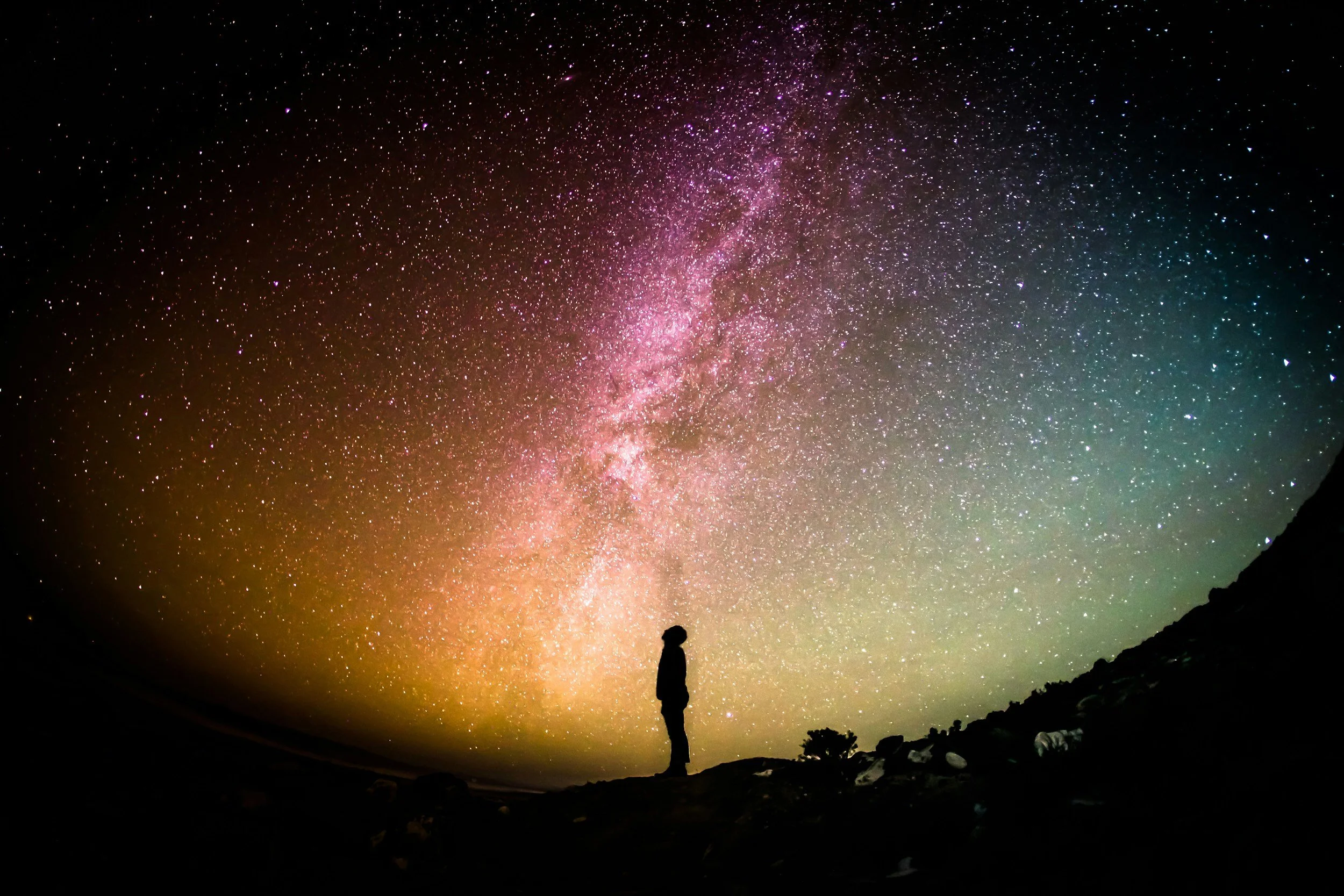Getting to the Core of Creativity (Part 5)
So in the end the question is either about life or the opposite of life. Are we going to live the life we are given, or ignore it, reject it, deny it? We have this sovereign choice: what are we going to do with the life God gives us? What? Inside the kernel we can see the spark. But that is it. We can only see the spark. Life itself. We can not wrestle down why, or why us, or why should I, or why now? We can not know those things. We can only know the spark.
Life exists. We exist. We were born. We are born. We have life. We didn’t ask for this gift. We were given it. We don’t have the option in the beginning to exist or not. It is given to us regardless. From the beginning why questions echo into the void. The void is our existence. We are not given perspective beyond it. It is all there is. All we see. All the other intersections of life we are not given privy to. Just our own. Existence. What are we gonna do? Exist? Live. Or not live? Our choice. We are never without this choice. Sometimes it will feel as though we have no power to navigate against life’s forces pulling us away from our life. Don’t believe this. It is not true. We do. We alone are given the responsibility and authority.
We have the authority for our lives. No one else. No matter how subjected we are to others financially, through work, etc, we are still given the freedom to choose. Live, or don’t live? Fight, or don’t fight? Become, or don’t become? While we can not exactly choose who we are (that is a gift we discover), we can choose how we are. We are given sovereignty to love back. We can not choose to be loved, but we are always free to choose who we love back or to receive that love.
Will we accept life’s gifts? Or not. Will we fight through the alien voices deterring our attention? Will we be resolute to hear one voice, to listen to the one inside us that cares, that loves, that creates? The choice, predictably, is ours. So despite us, or in spite of our doubts, insecurities, and fears, the great invitation to participate in redeeming life is ours. It’s always there. Outside and within us. The objectivity of the call can make us feel unworthy or unnecessary to it. Its objectivity is combined with an extremely intimate subjectivity, a language known only to us. It reminds us that while the call is universal, our particular role is needed and cherished. We are not replaceable. We are part of the plan.
So we have the universal and the particular, the objective and the subjective, the inevitability and the hinge moments, the already and the not yet. Life will go on without us, but it does not want to; still it will not wait for us on our terms. It will keep moving. Are we in? Are we willing to participate? Are we open to the flowing water being poured inside us? Drink. We actually individually drink and taste the water. We get to experience the gift before it flows out. Wow! What a ride.
